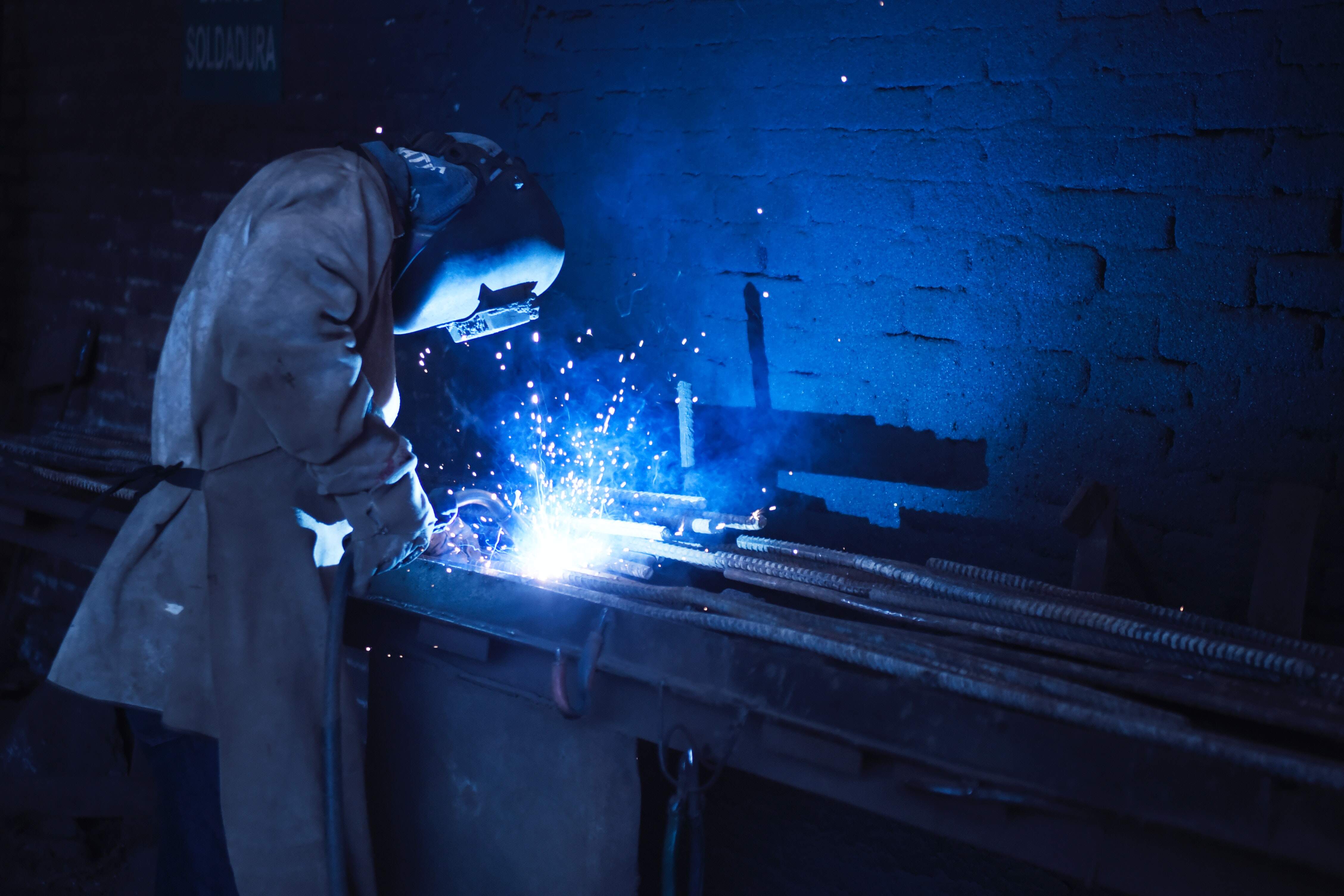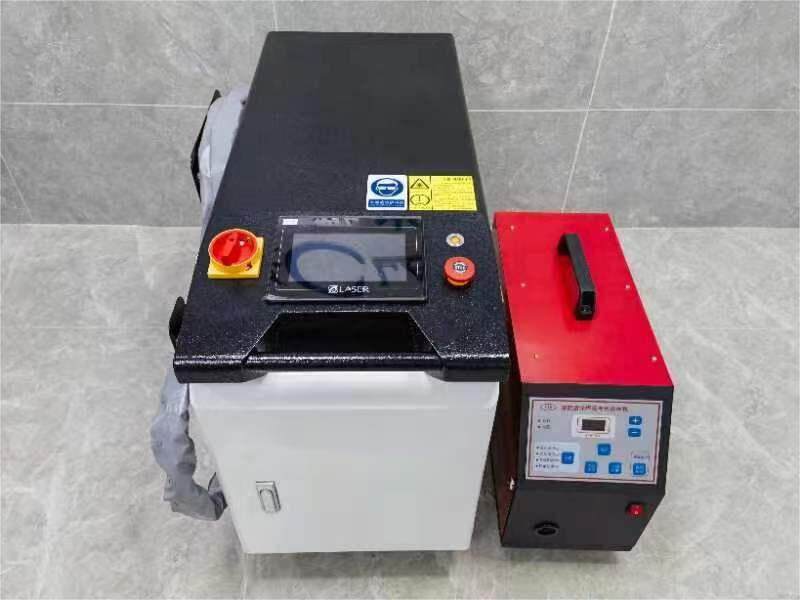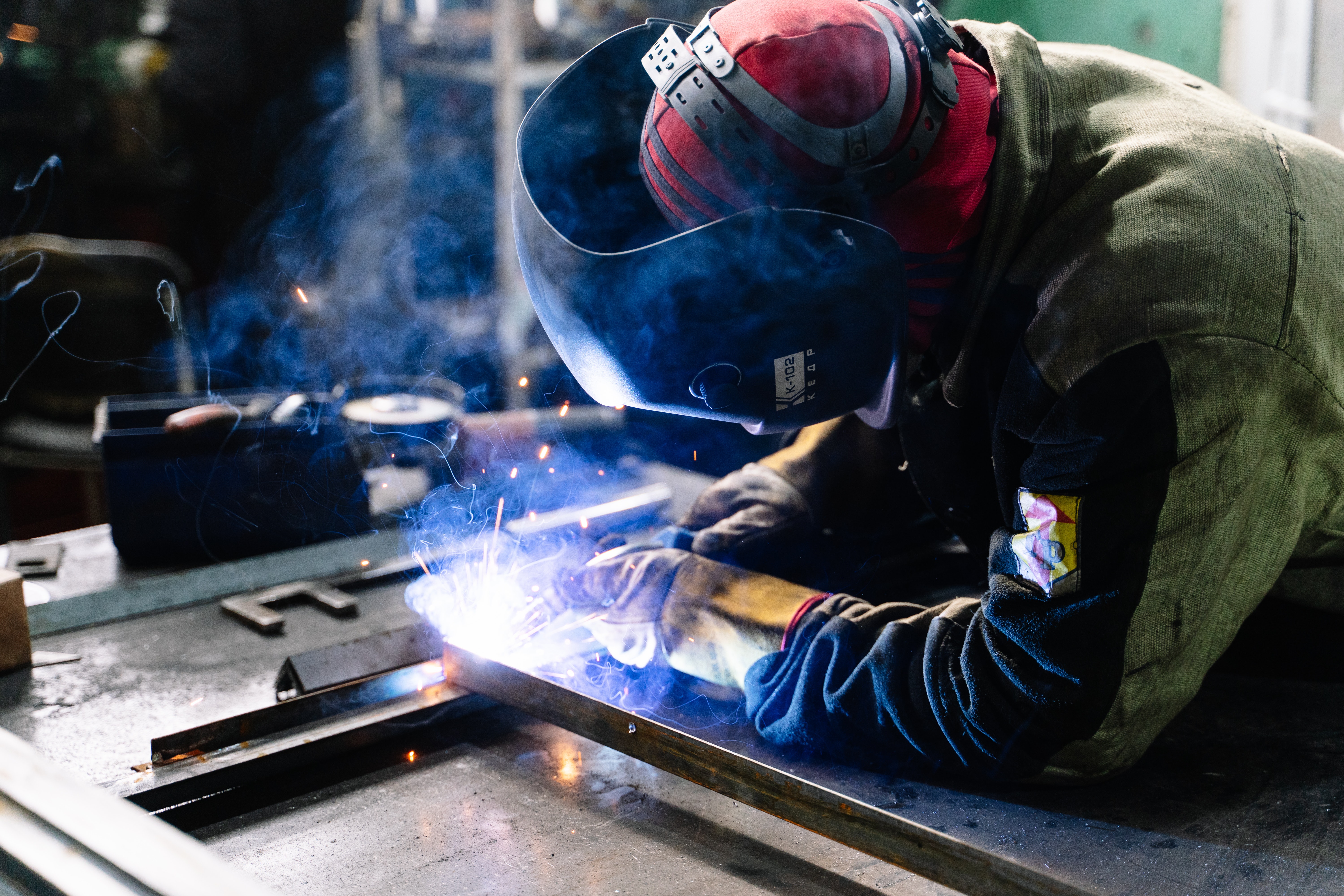Lỗi định dạng email
emailCannotEmpty
emailDoesExist
pwdLetterLimtTip
inconsistentPwd
pwdLetterLimtTip
inconsistentPwd


How Laser Welding Machine Works?
Laser welding machines are a highly advanced and precise form of welding technology that has revolutionized the welding industry. These machines use a highly focused beam of light to weld metals and other materials together. In this article, we will explore how laser welding machine works and their advantages over traditional welding techniques.
What is Laser Welding?
Laser welding is a process that uses a laser beam to melt and fuse materials together. The laser beam is highly focused and intense, which enables it to generate heat that can be used to melt and fuse materials together. Laser welding machines are used to join two pieces of metal or other materials together, creating a strong and durable bond.

How Laser Welding Machine Works?
A laser welding machine works by generating a laser beam that is focused onto the material being welded. The laser beam is typically generated by a laser resonator that contains a gain medium. This medium can be a gas, such as carbon dioxide or nitrogen, or a crystal, such as neodymium-doped yttrium aluminum garnet (Nd:YAG).
Once the laser beam is generated, it is directed through a series of mirrors and lenses to focus the beam onto the material being welded. The intense heat generated by the laser beam melts the material being welded, creating a bond between the two pieces.
Laser Generator - The core component of a laser welding machine is the laser generator. It electronically excites atoms or molecules to induce stimulated emission, resulting in a high-energy, highly focused laser beam. Common types of laser generators include fiber lasers, CO2 lasers, and solid-state lasers.
Beam Delivery System - Once the laser beam is emitted from the generator, it needs to be guided to the welding point through a beam delivery system. This system typically consists of mirrors and lenses that adjust the direction and focus of the laser beam. By manipulating the position of these mirrors and lenses, the focal point and size of the laser beam can be controlled.
Workpiece Positioning and Clamping - Before laser welding can commence, the workpiece needs to be accurately positioned and clamped to ensure welding precision and stability. Fixtures or clamping systems are commonly used to secure the workpiece, ensuring the welding points are in the correct position and angle.
Laser Welding Process - Once the workpiece is properly positioned and clamped, the laser welding process can begin. The laser beam is focused onto the welding point, rapidly heating the material to its melting point. In a brief moment, the laser beam’s energy is absorbed and converted into heat, causing the material at the welding point to melt.
Cooling and Solidification - When the laser beam stops irradiating, the material at the welding point starts to cool rapidly. During the cooling process, the molten material solidifies, forming a strong weld joint. The high energy density and fast cooling speed of laser welding machines result in a small heat-affected zone, minimizing deformation and heat distortion.
Quality Control and Post-processing - After laser welding is completed, quality control and post-processing steps are necessary. The weld joint’s quality and strength are inspected to ensure welding accuracy and reliability. Depending on requirements, post-processing operations such as grinding, polishing, or coating may be performed to enhance the appearance and corrosion resistance of the weld joint.
Laser welding machines achieve efficient and precise welding processes by utilizing the high energy density and narrow focus of a laser beam. They find extensive applications in industries such as automotive, aerospace, electronics, and medical devices. Understanding the working principles of laser welding machines helps us comprehend their applications and advantages, driving the development and innovation in the manufacturing industry.
Types of Laser Welding Machines
There are several types of laser welding machines, each with their own unique advantages and disadvantages. Some of the most common types of laser welding machines include:
CO2 Laser Welding Machines - CO2 laser welding machines are one of the most common types of laser welding machines. They use a mixture of carbon dioxide, nitrogen, and helium gases to generate a laser beam. These machines are ideal for welding non-metals, such as plastics and wood.
Nd:YAG Laser Welding Machines - Nd:YAG laser welding machines use a crystal as a gain medium to generate a laser beam. These machines are ideal for welding metals, such as stainless steel, aluminum, and titanium.
Fiber Laser Welding Machines - Fiber laser welding machines use a fiber optic cable as a gain medium to generate a laser beam. These machines are ideal for welding metals, such as copper, brass, and gold.
Advantages of Laser Welding Machines
There are several advantages of using laser welding machines over traditional welding techniques. Some of the most significant advantages include:
High Precision - Laser welding machines can create highly precise welds, which makes them ideal for use in industries where precision is critical.
Speed - Laser welding machines can create welds much faster than traditional welding techniques, which can help to reduce production time and costs.
Versatility - Laser welding machines can weld a wide range of materials, including metals, plastics, and wood.
Safety - Laser welding machines are much safer than traditional welding techniques, as they do not produce the same levels of heat and radiation.
Environmentally Friendly - Laser welding machines are much more environmentally friendly than traditional welding techniques, as they do not produce harmful fumes or waste.

Laser welding machines are a highly advanced and precise form of welding technology that has revolutionized the welding industry. These machines are ideal for use in a wide range of industries, including automotive, aerospace, medical, and electronics. They offer several advantages over traditional welding techniques, including high precision, speed, versatility, safety, and environmental friendliness. If you are considering investing in a laser welding machine, it is important to carefully consider your needs and requirements to ensure that you choose the right machine for your specific needs.

